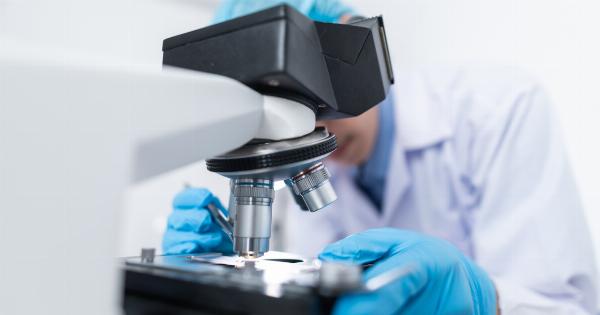A healthy liver is critical to the overall health of an individual. It is the largest organ in the human body and plays a crucial role in processing nutrients and removing toxins from the body.
However, when the liver is not functioning correctly, it can lead to serious health conditions, including fatty liver disease.
Fatty liver disease, also known as hepatic steatosis, is a condition in which fat deposits accumulate in the liver cells. This condition is common among individuals who consume excessive amounts of alcohol and those who have obesity or Type 2 diabetes.
However, researchers have found a link between exercise and reducing liver fat.
What is Fatty Liver Disease?
Fatty liver disease is a condition in which there is excessive fat buildup in the liver cells. This condition can cause liver inflammation and scarring, leading to liver damage or cirrhosis.
There are two types of fatty liver disease: alcohol-related and non-alcohol-related.
Alcohol-Related Fatty Liver Disease
Heavy alcohol consumption is the leading cause of alcohol-related fatty liver disease. This condition occurs when the liver is unable to metabolize the excessive alcohol consumption.
The liver cells begin to store the alcohol, which leads to liver damage and fat accumulation in the liver cells.
Non-Alcohol Related Fatty Liver Disease
Non-alcohol-related fatty liver disease (NAFLD) is the most common liver disease in the world. This condition is prevalent among individuals with obesity, insulin resistance, and Type 2 diabetes.
It is also common among individuals with high levels of fats in their blood, a condition known as hyperlipidemia.
How does Exercise Help Reduce Liver Fat?
Studies have shown that exercise can help reduce liver fat. Exercise helps to burn calories and reduce weight, which is beneficial for individuals with non-alcohol-related fatty liver disease.
Exercise also helps to regulate glucose levels, which is beneficial for individuals with insulin resistance.
The Effects of Aerobic Exercise on Liver Fat
Aerobic exercise, also known as cardio exercise, is an efficient way to burn calories and reduce liver fat. A study conducted in 2018 found that a 12-week aerobic exercise program can reduce liver fat by up to 18%.
The study involved 48 participants who had non-alcohol-related fatty liver disease. The participants were divided into two groups: a group that followed an aerobic exercise program and a control group that did not exercise.
The group that followed the aerobic exercise program experienced a significant reduction in liver fat compared to the controlled group.
The Benefits of Resistance Training
Resistance training, also known as strength training, is beneficial for reducing liver fat. Resistance training helps to build lean muscle mass, which helps to burn calories and reduce body fat.
A study conducted in 2019 found that resistance training can reduce liver fat by up to 38%. The study involved 22 participants who had non-alcohol-related fatty liver disease. The participants were divided into two groups: a group that followed a resistance training program and a control group that did not exercise.
The group that followed the resistance training program experienced a significant reduction in liver fat compared to the controlled group.
A Combined Exercise Program
A study conducted in 2018 found that a combined exercise program can reduce liver fat effectively. The study involved 40 participants who had non-alcohol-related fatty liver disease.
The participants were divided into two groups: a group that followed an aerobic exercise program and a resistance training program, and a control group that did not exercise. The group that followed the combined exercise program experienced a significant reduction in liver fat compared to the controlled group.
The study concluded that a combined exercise program is an effective way to reduce liver fat in individuals with non-alcohol-related fatty liver disease.
Benefits of a Healthy Liver
A healthy liver is essential to overall health and well-being. A healthy liver can help to regulate the body’s chemical balance, remove toxins from the body, and process nutrients.
A healthy liver can also help to prevent liver diseases, including fatty liver disease, liver cancer, and cirrhosis.
Conclusion
Exercise has been found to be effective in reducing liver fat in individuals with non-alcohol-related fatty liver disease. A combination of aerobic and resistance training is an effective way to reduce liver fat.
A healthy liver is essential to overall health and well-being. Exercise is a simple and practical way to improve liver health and prevent liver diseases.




























